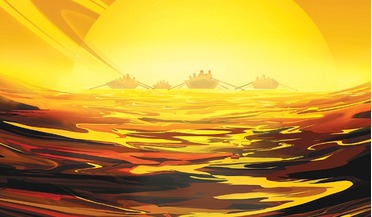 March 2016
Searching for water in the Solar System
March 2016
Searching for water in the Solar System
...for detailed surface characterisation. The vast resources in the inner Solar System will inevitably open the frontier of the outer Solar System. Looking toward the future, when Solar System-wide travel will be common, the volatile resources available...
 25 January 2017
"Extinct" meteorite challenges our understanding of how the solar system formed
25 January 2017
"Extinct" meteorite challenges our understanding of how the solar system formed
... compared to today. This further suggests that something as yet unknown but of fundamental importance in the history of the solar system occurred nearly 500 million years ago to change the flow - an idea that Schmitz believes is very plausible...
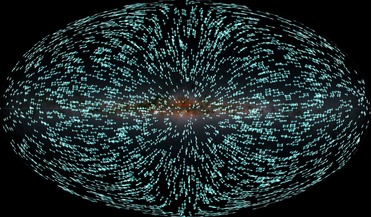 07 December 2020
New Gaia data measures Solar System's acceleration
07 December 2020
New Gaia data measures Solar System's acceleration
... major galactic events, determining what the shape of the Solar System’s orbit around the centre of the galaxy looks like... another team of astronomers to measure the acceleration of the Solar System with respect to the rest frame of the Universe. it...
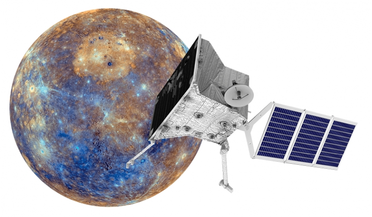 June 2017
Bepi-Colombo will unveil Mercury’s secrets
June 2017
Bepi-Colombo will unveil Mercury’s secrets
... features: it is the second-densest planet in the Solar System after Earth, and the only other inner planet besides ...itself. Accordingly, a trip to the inner regions of the Solar System is not the place to go unless you’re more than confident...
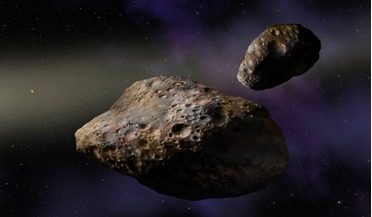 01 June 2018
Largest discovery of trans-Neptunian objects released
01 June 2018
Largest discovery of trans-Neptunian objects released
... a survey of trans-Neptunian objects (TNOs) this size. A trans-Neptunian object (TNO) is any minor planet in the Solar System that orbits the Sun at a greater average distance than 30 astronomical units (AU) I.e beyond the orbit of Neptune and...
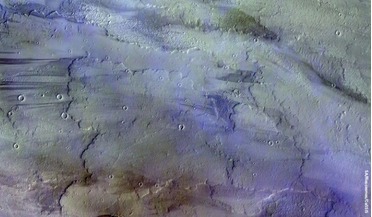 January 2018
When it comes to water Mars may not be the promised land
January 2018
When it comes to water Mars may not be the promised land
...impactors came from the southern side of the inner solar system. The collision responsible for the southern polar giant ...feature unique to Mars and not seen elsewhere in the solar system. The giant impact also triggered the internal dynamo processes...